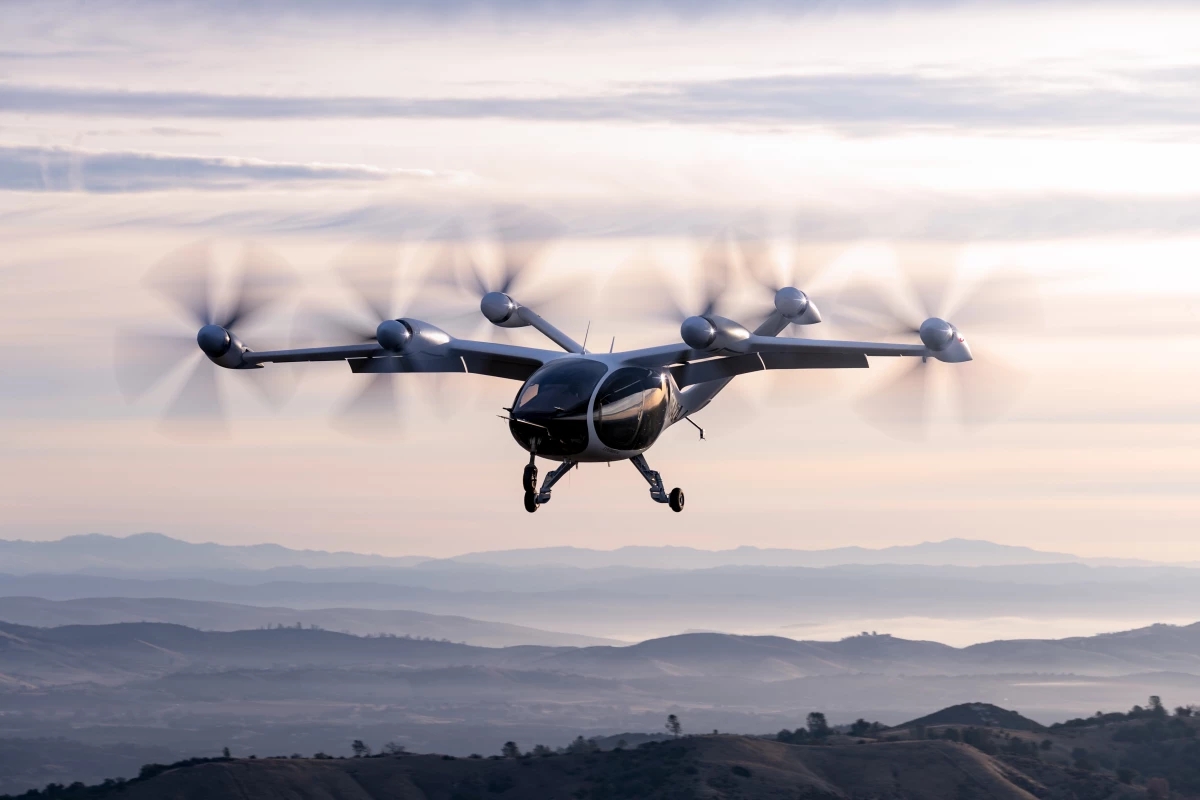Joby Aviation has announced an accident during flight testing of its market-leading eVTOL aircraft prototype. Flight tracking data appears to show the aircraft was being pushed over 270 mph (435 km/h), well beyond its advertised top speed of 200 mph (322 km/h).
The crash was disclosed in an SEC Form 8-K filing – a report of unscheduled events that could be of importance to shareholders. The relevant section reads as follows:"On February 16, 2022, Joby Aviation, Inc. a Delaware corporation (the “Company”) announced that earlier today one of its remotely piloted, experimental prototype aircraft was involved in an accident during flight testing at our remote flight test base in California. There were no injuries. Safety is a core value for Joby, which is why we have been expanding our flight envelope with a remote pilot and in an uninhabited area, especially as we operate outside expected operating conditions.
Experimental flight test programs are intentionally designed to determine the limits of aircraft performance, and accidents are unfortunately a possibility. We will be supporting the relevant authorities in investigating the accident thoroughly."
While the company has yet to comment further on the incident, flight tracking data may flesh out the story a little. It seems a Joby prototype, tail number N542AJ, was performing a test flight near Schoonover Airfiled, a US Air Force facility near Fort Hunter Liggett, southeast of Monterey.
According to the flight tracking data, the remotely-piloted aircraft seems to have been pushing way past the expected limits of its performance. At times, the tracking data shows the aircraft banking into turns at around 240 knots (270 mph, 435 km/h).
According to Specs JOBY S4 Top speed is 200 miles / hour.
Yesterday, They were consistently pushing the boundaries - many times it crossed 230 kt and hitting 240kt (265 - 270 miles / hour )

N542AJ was one of two pre-production prototypes issued FAA Special Airworthiness Certification and US Air Force Airworthiness Approval. It's the older of the two – not the brand new one rolled out in early January this year. So assuming it's a complete write-off, it's certainly an expensive setback for Joby – but it happened way outside the expected flight envelope, it may reveal valuable information on which systems begin to fail under extreme loading, nobody was hurt and, while it'll slow down Joby's certification program, it certainly won't bring it to a complete halt.
What will this mean for the eVTOL market? Until this point, Joby has been well ahead of the pack. This is one of thousands of flight tests the company has completed while many competitors are still just getting started. Joby has already set the bar for both the longest and the fastest eVTOL flights – and indeed, the flight data here would seem to suggest that the airframe has a surprising amount of speed left in it, if the parts that failed can be improved.
So there's every chance this incident is more analogous to SpaceX's many spectacular "rapid unscheduled disassemblies" than, for example, the crashes that caused de Havilland to lose to Boeing in the fight for the early jet airliner market. Time will tell.
We've reached out to Joby for further comment, but we may not hear much more until the official investigation is complete.






